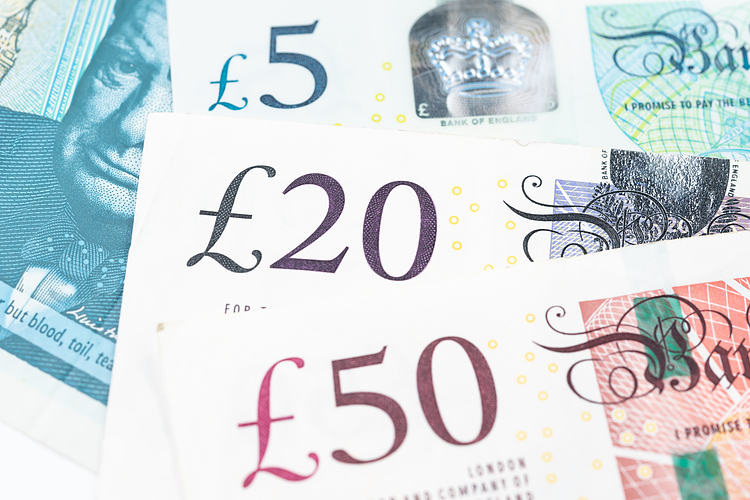The GBP/USD exchange rate rose, supported by strong UK GDP figures but failed to sustain momentum above 1.3400. Despite the bullish sentiment, there was a struggle to hold the rate above this level. The Pound Sterling traded at 1.3387 during the North American session, with bulls unable to maintain the upward movement.
The technical outlook for GBP/USD suggests a bullish bias, with the potential for further gains if the exchange rate can decisively break above the year-to-date high of 1.3434. Momentum favors buyers, with the Relative Strength Index (RSI) pointing up in bullish territory. The path of least resistance appears to be tilted towards the upside.
If the GBP/USD manages to breach the 1.3400 resistance level, it could reach as high as 1.3434, the YTD peak. However, if bears keep the exchange rate below 1.3400, potential support lies at 1.3359 and further downside risk towards 1.3312 and 1.3248. These levels could provide a guide for traders looking to enter or exit positions.
The Pound Sterling, also known as GBP, is the oldest currency in the world, with a long-standing history dating back to 886 AD. It is the official currency of the United Kingdom and one of the most traded units for foreign exchange transactions globally. Key trading pairs for GBP include GBP/USD, GBP/JPY, and EUR/GBP, with the currency being issued by the Bank of England (BoE).
The value of the Pound Sterling is largely influenced by monetary policy decisions made by the Bank of England. The BoE aims to maintain price stability by adjusting interest rates based on inflation levels. Higher interest rates can attract global investors to the UK, strengthening the GBP, while lower rates may be implemented to stimulate economic growth. Economic data releases, such as GDP, PMIs, and trade balance, also impact the value of the Pound Sterling.
The Trade Balance is a significant data release that measures the difference between a country’s exports and imports. A positive net Trade Balance can strengthen a currency as it shows increased demand for exports. Strong economic indicators and a healthy economy can lead to a stronger Pound Sterling, while weak data may result in a decline. Traders and investors closely monitor these factors to make informed decisions in the forex market.



























